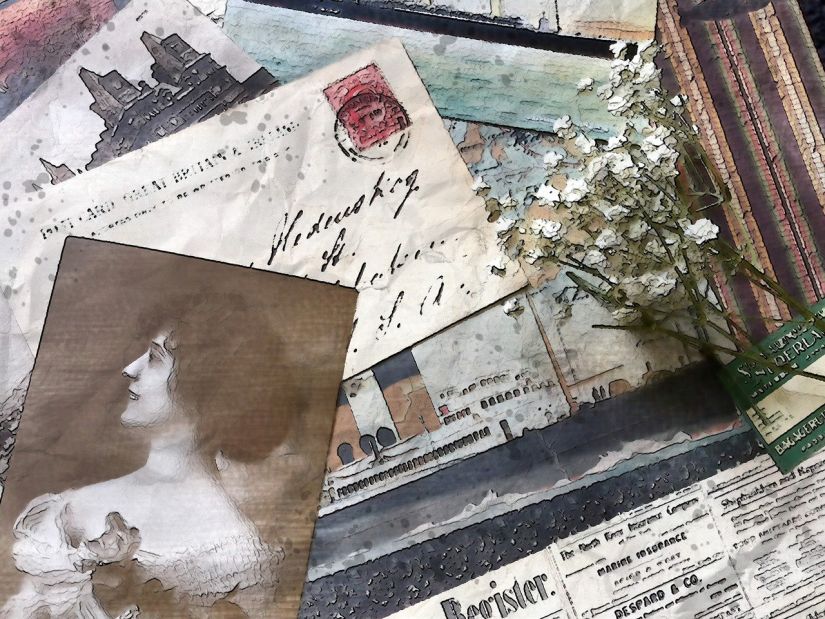How to Store Printed Photos for Long-Term Preservation
In thirty years, the world has gone from being mostly analog to highly digitized. We can store more movies, music, and photographs than ever before. Instead of having a wall of VHS tapes, we can keep all that information, and more, in palm-sized piece of solid-state media.
The funny thing is that the more digital we go, the more nostalgic some get for the past. Think of how surprisingly popular vinyl records have become. And, yes, some prefer print photographs to their digital counterparts.
Why Keep Print Photos
There are some great reasons for keeping print photos. One you may not have considered is that there’s a chance they’ll outlast digital photos. That might sound ridiculous, but we’re not sure how long the various types of digital storage media will last. If the data is copied over every few years to new media, then it will remain safe, but what about that hard drive sitting in a closet? What if your family holds onto those DVD-Roms or USB sticks for fifty years, only to discover that the photos from past generations can’t be retrieved?
When properly archived, print photos can last a long time.
Pick Your Photos
Back when everyone was using film-based cameras, we took a lot of photos. Many were bad or mediocre photos, but some were amazing. Sound familiar? We take digital photos the same way. Only now, we don’t have to get all of our photos printed to see which ones are good.
So, when you decide which photos to print, go through your digital collection and pick the best ones, those that distill the story of that trip to the Grand Canyon, or those that show the camaraderie and love from your cousin’s wedding.
Depending on the photographer and the event, we estimate that anywhere between 5% and 20% of the pictures will be worth printing. Pick those that that exemplify the times, the ones that will bring back good memories. If you print too many, the riff-raff may detract from the memories, rather than highlighting them.
Printing the Photos
While today’s printers can create decent enough photos, the overall quality isn’t nearly the level you’ll want for photographs you plan to save. So, use a professional printing service. A Google or Bing search for “high-quality photo printing” will bring up Internet listings and labs near you. A couple of good ones include Mpix.com and Shutterfly.
Print Photo Storage
Once you receive your photos, you’ll need a place to store them for the long term. Cardboard boxes and plastic bins can keep photos in good shape for a long time. However, there are even better storage methods.
We recommend checking out Archival Methods, a company that makes acid-free archival storage, archival albums, archival index cards, and more.
Archival boxes are acid free. Acid in wood and cardboard boxes can leech into photos and cause them to deteriorate. If you get boxes from somewhere besides Archival Methods, avoid dyes and recycled materials, too, which can discolor your photos. We suggest purchasing archival boxes of the same size, which will stack well.
Plastic boxes may work, too. However, plastic boxes have not yet stood the test of time with photographs the way archival boxes have. In the future, we may discover that plastic boxes harm photos over decades. We just don’t know yet.
Archival index cards work well with archival boxes. Use one per photo, and record important details about the associate picture, including the who, what, where, when, and why depicted. A picture may be worth a thousand words, but won’t divulge certain details the way notes will. Also, use a #2 pencil to take your notes. The writing won’t fade as much over time as ink.
Archival albums are perfect if you prefer to flip through your photos in a book. You can also use archival index cards with albums. Just slip the card behind the photo. For your albums, avoid glue and sticky backing. You’ll want albums with acid-free plastic sleeves. Binder-style albums are easy to organize, and mylar sleeves offer superior protection.
Finally, keep your photos in a cool, dry (but not overly dry) place, such as a closet in your home. Attics, basements, and garages tend to get too hot, too cold, too dry, and too humid, depending on where you live and the time of year.
Alternately, if you have a self storage unit, keep your photos in a unit with climate control. Storage facilities keep the temperature in them between 50 and 80 degrees (and sometimes in an even tighter range) and the humidity between 30% and 50%. These are ideal conditions for most items, including photographs.
We hope these suggestions help you to keep your photographs in excellent condition for generations to come. Today, we’re able to store information like never before. Let’s make sure it sticks around for our descendants.




